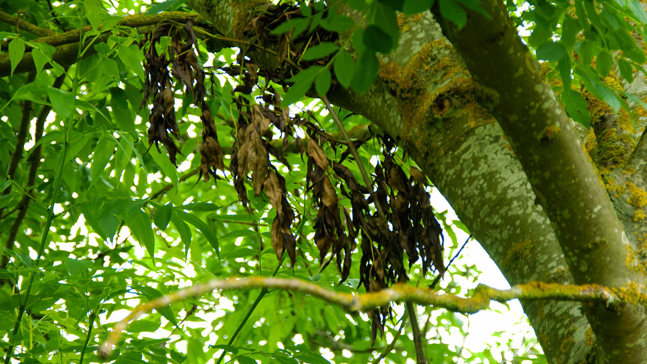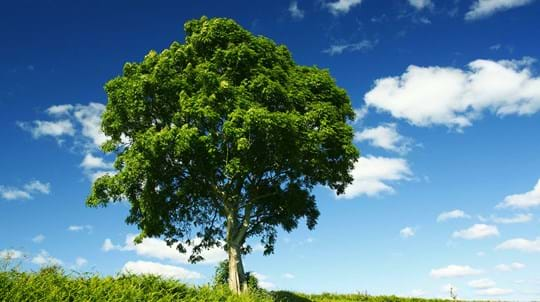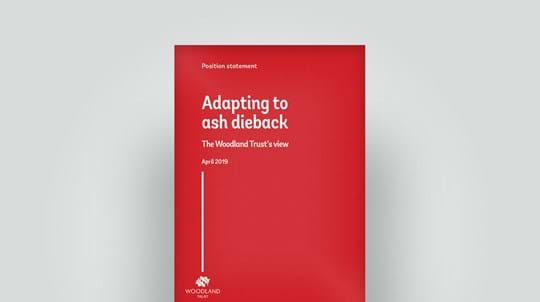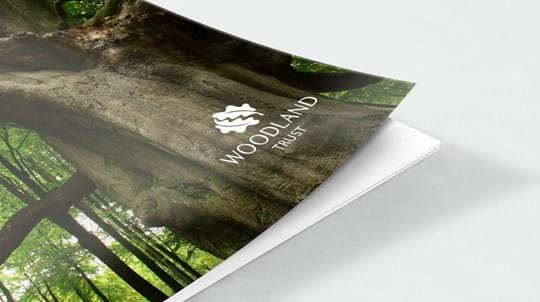
Credit: David Mark / Alamy Stock Photo
What happens to the tree?
The fungus overwinters in leaf litter on the ground, particularly on ash leaf stalks. It produces small white fruiting bodies between July and October which release spores into the surrounding atmosphere.
These spores can blow tens of miles away. They land on leaves, stick to and then penetrate into the leaf and beyond. The fungus then grows inside the tree, eventually blocking its water transport systems, causing it to die.
The tree can fight back, but year-on-year infections will eventually kill it.












